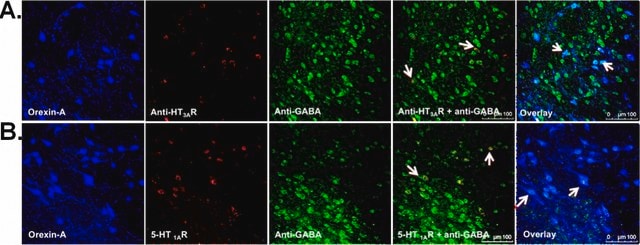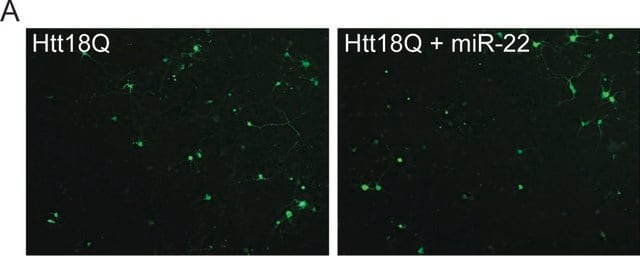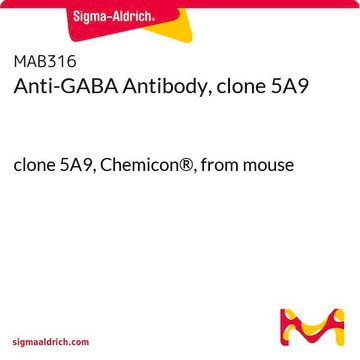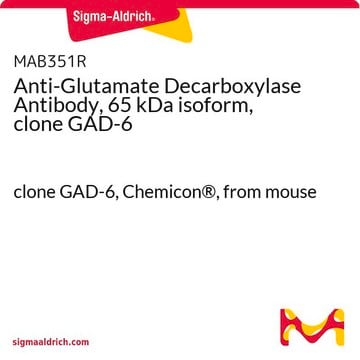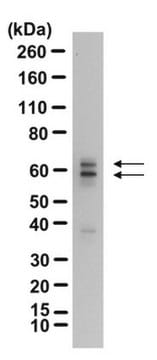A0310
Monoclonal Anti-GABA antibody produced in mouse
clone GB-69, ascites fluid
Synonym(s):
GABA Antibody - Monoclonal Anti-GABA antibody produced in mouse, Gaba Antibody Sigma, Anti-γ-Aminobutyric acid
About This Item
Recommended Products
biological source
mouse
Quality Level
conjugate
unconjugated
antibody form
ascites fluid
antibody product type
primary antibodies
clone
GB-69, monoclonal
contains
15 mM sodium azide
species reactivity
wide range
technique(s)
dot blot: suitable
immunofluorescence: suitable
immunohistochemistry: 1:100-1:200 (Using heat-retrieved formalin-fixed, paraffin-embedded human brain and/or cerebellum sections.)
indirect ELISA: suitable
isotype
IgG1
shipped in
dry ice
storage temp.
−20°C
target post-translational modification
unmodified
Gene Information
mouse ... Gabra1(14394)
General description
Monoclonal Anti-GABA (mouse IgG1 isotype) is derived from the hybridoma produced by the fusion of mouse myeloma cells and splenocytes from an immunized mouse. The antibody does not cross react with L-α-aminobutyric acid, L-glutamic acid, L-aspartic acid, glycine, δ-aminovaleric acid, L-threonine, L-glutamine, taurine, putrescine, L-alanine and carnosine. However, weak cross-reaction is observed with β-alanine and ε-aminocaproic acid.
Immunogen
Application
Biochem/physiol Actions
Physical form
Disclaimer
Not finding the right product?
Try our Product Selector Tool.
Storage Class
10 - Combustible liquids
wgk_germany
WGK 3
flash_point_f
Not applicable
flash_point_c
Not applicable
Certificates of Analysis (COA)
Search for Certificates of Analysis (COA) by entering the products Lot/Batch Number. Lot and Batch Numbers can be found on a product’s label following the words ‘Lot’ or ‘Batch’.
Already Own This Product?
Find documentation for the products that you have recently purchased in the Document Library.
Customers Also Viewed
Our team of scientists has experience in all areas of research including Life Science, Material Science, Chemical Synthesis, Chromatography, Analytical and many others.
Contact Technical Service

